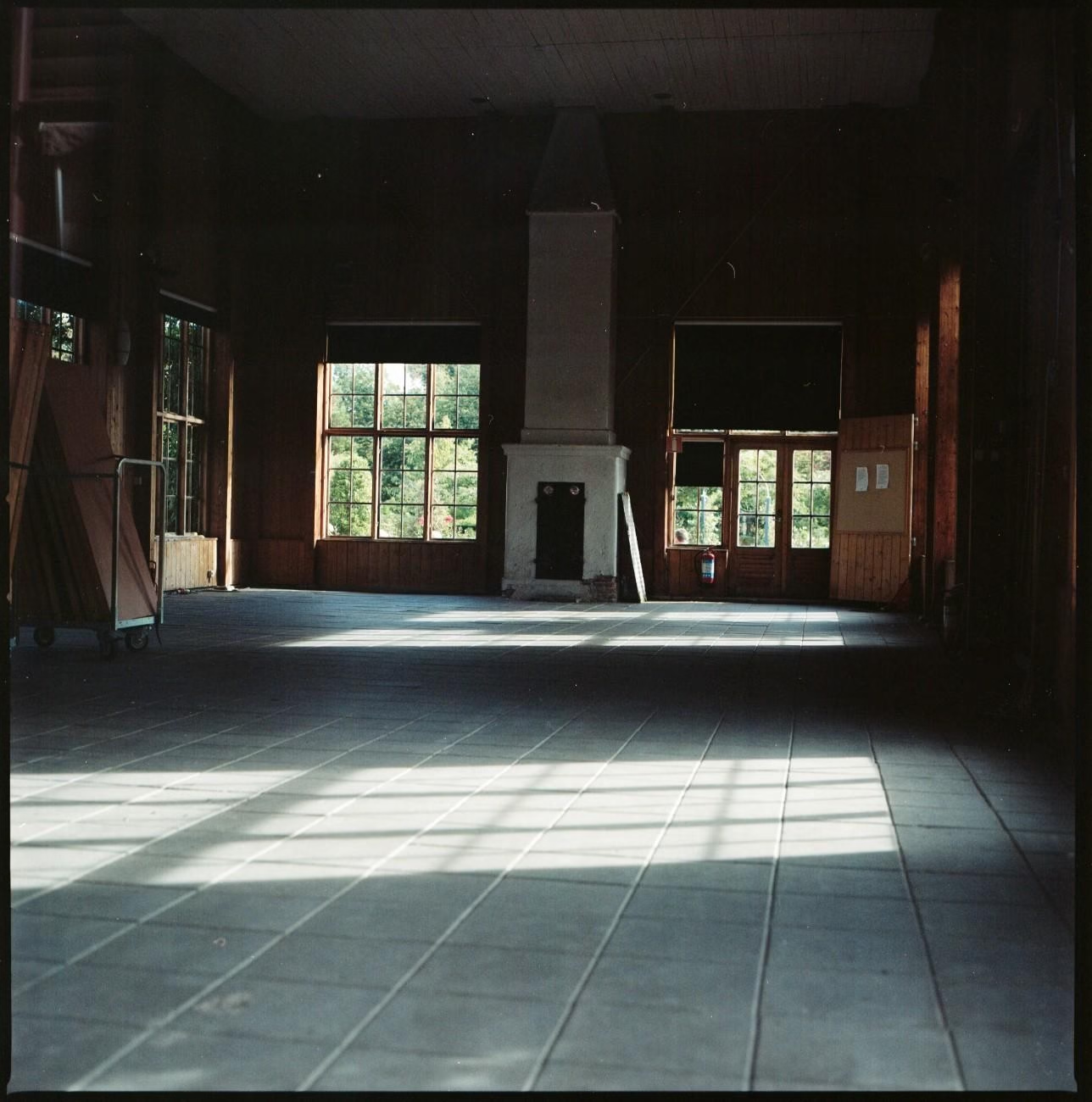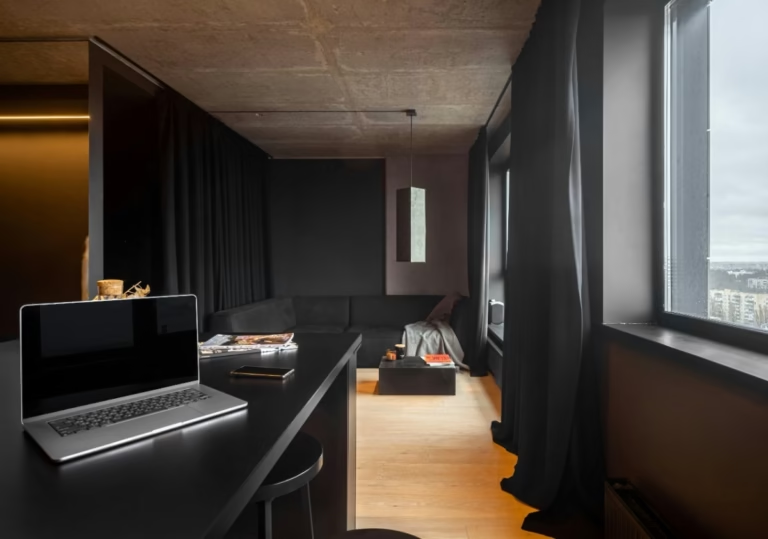Do You Qualify for a Slip-and-Fall Lawsuit?
Slip-and-fall accidents might sound minor until you’ve experienced one. A sudden fall can lead to serious injuries, lost wages, mounting medical bills, and long-term pain. But not every fall leads to a valid lawsuit. So how do you know if you have a case?
That’s where understanding premises liability law comes in. Property owners whether businesses or individuals have a legal duty to keep their spaces safe. When they fail, and someone gets hurt as a result, they can be held liable.
This guide will walk you through who qualifies for a slip-and-fall lawsuit, what evidence you’ll need, and what defenses you might encounter. If you’ve been injured in a fall, here’s how to tell whether your situation is legally actionable.
Do You Meet the Basics for a Slip-and-Fall Claim?
To have a strong slip-and-fall case, several core elements must be present:
You Were Legally on the Property
If you were invited in (a customer at a store, a guest at someone’s home, a tenant), you’re legally protected. Trespassers generally don’t qualify though some exceptions apply, especially involving children.
There Was a Dangerous Condition
Examples include:
- Wet or slippery floors with no warning signs
- Loose carpeting or uneven sidewalks
- Poor lighting in stairwells
- Ice or snow not cleared in a timely manner
- Spills or debris in a store aisle
The Property Owner Knew (or Should Have Known) About It
You need to show that:
- The hazard existed long enough for someone to reasonably fix it, or
- Staff or the owner had actual knowledge of the danger
This is called constructive notice they didn’t necessarily see the spill, but any reasonable person in their position should have.
The Hazard Directly Caused Your Injury
You must link the dangerous condition to your injury. For example, if you slipped on water near a store freezer, you’ll need medical documentation and possibly witness statements to connect the dots.
Quick Slip-and-Fall Lawsuit Eligibility Flowchart
[TEXT-BASED FLOWCHART]
Were you legally on the property?
→ No → You likely don’t qualify.
→ Yes ↓
Was there a dangerous condition (e.g., spill, loose tile, ice)?
→ No → Probably not a valid case.
→ Yes ↓
Did the owner know or should they have known about it?
→ No → Tough to prove negligence.
→ Yes ↓
Were you injured as a result of the hazard?
→ No → No damages, no case.
→ Yes → You may qualify for a lawsuit.
Key Evidence That Strengthens Your Case
To win a slip-and-fall lawsuit, documentation is everything. Here’s what you should gather (ideally right after the fall):
- Photos or video of the hazard
- Accident report filed with the store, landlord, or property manager
- Medical records showing injuries and treatment
- Witness contact info and statements
- Shoes or clothing you wore, if relevant (e.g., to counter claims of inappropriate footwear)
- Security footage, if available (act fast it may be deleted within days)
Pro Tip: Even if you’re unsure about suing, documenting everything preserves your options later.
Common Defenses Used by Property Owners and Insurers
Even if you have a legitimate claim, expect resistance. Here are some of the most common defenses used to deny or reduce compensation:
1. Open and Obvious Hazard
They may argue that the danger was visible (e.g., a large caution cone or puddle), and that a reasonable person would’ve avoided it.
2. Comparative Negligence
Many states use comparative fault rules. If you’re found partially responsible (say, texting while walking), your settlement could be reduced by your percentage of blame.
Example: If you’re awarded $40,000 but found 25% at fault, you’d receive $30,000.
3. No Prior Knowledge of Hazard
Property owners might claim they didn’t know about the spill or defect, and didn’t have reasonable time to discover and fix it.
4. Lack of Medical Proof
Insurers may question whether the fall caused your injuries—especially if you delayed treatment or had pre-existing conditions.
Premises Liability Laws Vary by State
Slip-and-fall law is largely governed by state rules. Some states (like California and New York) are more plaintiff-friendly, while others impose stricter timelines or higher standards for proving negligence.
Most states have a statute of limitations of 2–3 years for filing slip-and-fall claims. If you wait too long, you could lose your right to sue—no matter how strong your case is.
Realistic Payouts for Slip-and-Fall Cases
While every case is different, here are some ballpark figures:
| Injury Severity | Typical Settlement Range |
|---|---|
| Minor (sprain, bruises) | $5,000 – $15,000 |
| Moderate (fractures, therapy) | $20,000 – $75,000 |
| Severe (surgery, disability) | $100,000+ |
The amount depends on factors like fault, medical costs, lost income, and pain and suffering.
Not Sure If You Qualify? Ask a Lawyer
If you’re still unsure whether your fall qualifies, consult a personal injury attorney. Many offer free consultations and only get paid if you win.
A good lawyer will:
- Assess the strength of your evidence
- Investigate the property’s safety records
- Handle communications with insurers
- Negotiate a fair settlement or prepare for trial
You don’t need to navigate this alone especially if you’re dealing with pain, stress, and bills.
Bottom Line: The Right Case Needs the Right Conditions
Not all falls are lawsuits but many could be if negligence played a role. If your fall happened on someone else’s property, and they failed to keep it safe, you may have legal grounds to pursue compensation.
Act fast. The longer you wait, the harder it gets to prove.
Up next: Nursing Home Neglect: When to Involve a Lawyer learn how to spot the warning signs and what legal steps to take when your loved one is mistreated.




